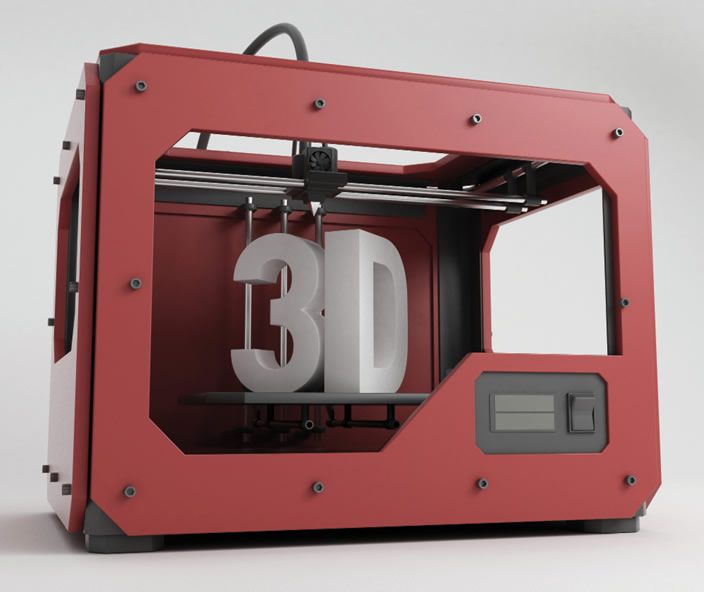
The incorporation of technology into the curriculum shows a necessity for and a capacity to adapt learning as innovations arise. From teaching of technical skills such as coding literacy, to fostering cultures of innovation, teachers and schools are where advancements in technology are learned and tested, Journalist Sara El Sayed writes.
Relative to other forms of new technology – such as virtual reality and robotics – 3D printing is a more accessible option for a greater number of schools across all regions of Australia, to explore the creative and tangible possibilities of design and manufacturing.
In the last five years 3D printing has spread across subjects and all year levels.
Fostering innovation culture
IEUA-QNT teacher member, Jason Menard of St Mary’s College in Maryborough in regional Queensland, said 3D printing was used across all aspects of the curriculum: from building figurines in humanities studies to various types of triangles in maths.
“Students have used the printer to create a number of products, from solutions for broken objects, to building replacement drone parts.”
As a Design teacher, and liaison for the school’s ‘maker space’ – the area and facilities where students use 3D printing technology – Menard has observed students’ intrinsic engagement and passion for creating prototypes using the 3D printer.
“We often use the 3D printer to develop low fidelity prototypes for design plans.
“Students are able to quickly prototype, test and iterate their designs to create well established and synthesised final products.”
Due to the accessible nature of the 3D printer, Jason said students at all levels felt a sense of accomplishment when their design was given life.
“Students are able to extend themselves and let their creativity flow.
“Teachers are then able to link the use of the 3D printer to solving real world problems, so students understand the importance of this emerging technology.”
Starting young
Primary schools and early childhood education centres are also increasingly adopting the technology.
A study published in September 2018 of Australian primary school students using 3D printing showed that ‘maker’ activities resulted in high levels of student engagement, as well as increased levels of student confidence, particularly for less capable students.
Across the 24 early childhood education to Year 2 classes that were analysed in the study, students developed a range of ‘21st century’ capabilities including: creativity, problem solving, critical thinking, inquiry, design thinking, collaboration, autonomy, literacy, numeracy, scientific understanding, digital literacy, communication, reflective learning capabilities and resilience. In some schools, students as young as five years old are learning to design models, and bring their creations to life.
A teacher in the space
The study found that students came to see their teachers as role models of lifelong learning as they learnt to use the technology alongside their teachers.
While all 24 teachers who took part in the study expressed a desire to utilise 3D design based maker spaces in their future classes, they also indicated that to develop their capabilities and effectively teach in maker spaces, they needed reliable technology, collegial support, teaching resources, appropriate maker spaces, and time to build their capabilities and create lessons.
In addition, they noted a school culture supportive of exploration and experimentation was vital to successful implementation. There is no doubt that adapting to new technologies in the classroom brings real benefits. However, as with all initiatives, resourcing and support from school leaders and management is integral, especially once new technologies become more mainstream, to foster school cultures that respond readily to innovation.
Read more about the study of 3D printing in Australian schools, and access more information about 3D printing facilities at www.primarymakers.com


































































































































